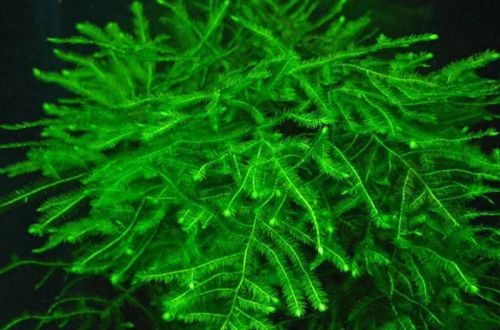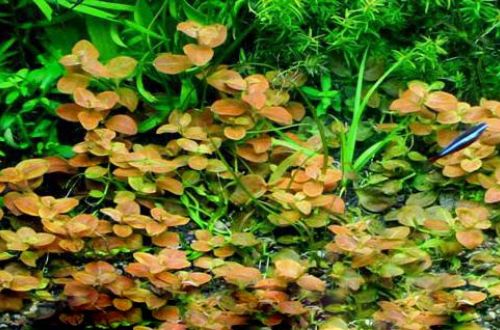
Hemiantus micrantemoides
Hemianthus micrantemoides or Hemianthus glomeratus, scientific name Hemianthus glomeratus. For many decades, the erroneous name Mikranthemum micranthemoides or Hemianthus micranthemoides was used, until in 2011 the botanist Cavan Allen (USA) established that this plant was actually Hemianthus glomeratus.
The true Micranthemum micranthemoides has probably never been used in the aquarium hobby. The last mention of its discovery in the wild dates back to 1941, when it was collected in a herbarium of plants from the Atlantic coast of the United States. Currently considered extinct.
Hemianthus micrantemoides is still found in the wild and is endemic to the state of Florida. It grows in swamps partially submerged in water or on damp soil, forming dense flat green “carpets” of intertwined creeping stems. In the surface position, each stem grows up to 20 cm in length, somewhat shorter under water. The brighter the lighting, the longer the stem and becomes creeping along the ground. In low light, the sprouts are stronger, shorter and grow vertically. Thus, lighting can regulate growth rates and partly influence the density of emerging thickets. Each whorl has 3–4 miniature leaflets (3–9 mm long and 2–4 mm wide) lanceolate or elliptical in shape.
An unpretentious and hardy plant that can take root perfectly in ordinary soil (sandy or fine gravel). However, a special soil for aquarium plants will be preferable due to the content of trace elements necessary for full growth. The lighting level is any, but not too dim. The temperature of the water and its hydrochemical composition are not of great importance.





